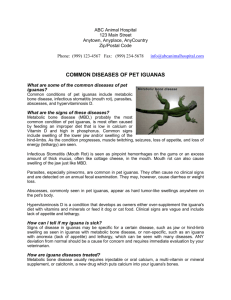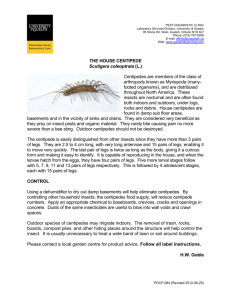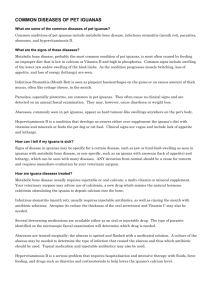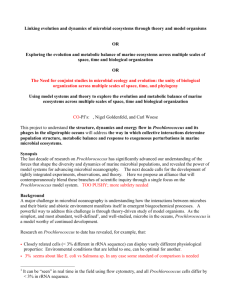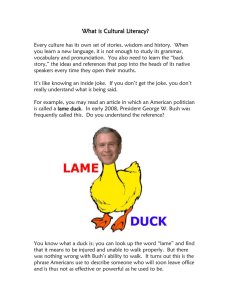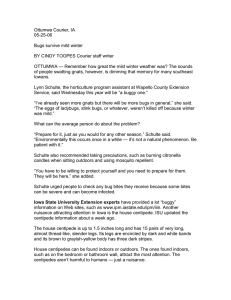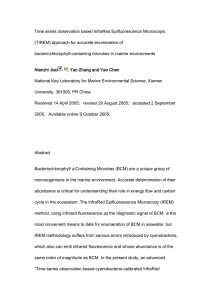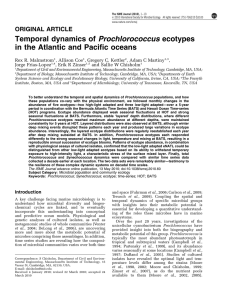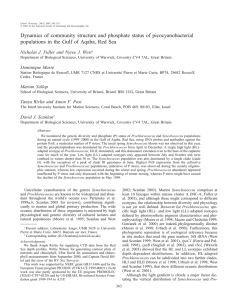Document 13497126
advertisement
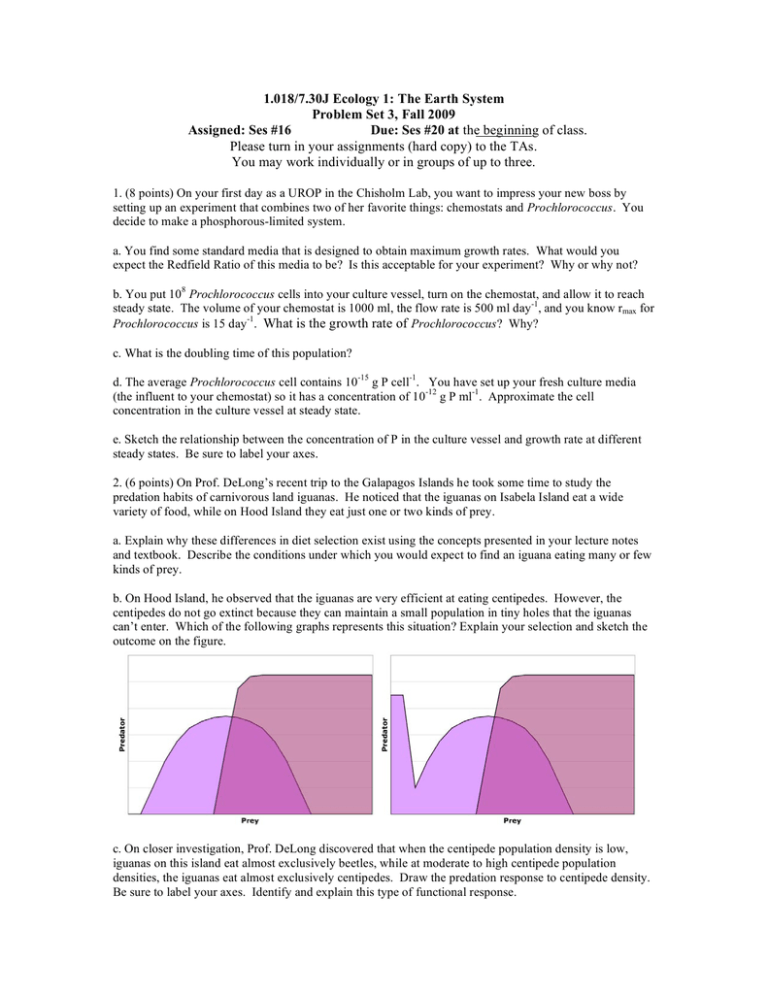
1.018/7.30J Ecology 1: The Earth System Problem Set 3, Fall 2009 Assigned: Ses #16 Due: Ses #20 at the beginning of class. Please turn in your assignments (hard copy) to the TAs. You may work individually or in groups of up to three. 1. (8 points) On your first day as a UROP in the Chisholm Lab, you want to impress your new boss by setting up an experiment that combines two of her favorite things: chemostats and Prochlorococcus. You decide to make a phosphorous-limited system. a. You find some standard media that is designed to obtain maximum growth rates. What would you expect the Redfield Ratio of this media to be? Is this acceptable for your experiment? Why or why not? b. You put 108 Prochlorococcus cells into your culture vessel, turn on the chemostat, and allow it to reach steady state. The volume of your chemostat is 1000 ml, the flow rate is 500 ml day-1, and you know rmax for Prochlorococcus is 15 day-1. What is the growth rate of Prochlorococcus? Why? c. What is the doubling time of this population? d. The average Prochlorococcus cell contains 10-15 g P cell-1. You have set up your fresh culture media (the influent to your chemostat) so it has a concentration of 10-12 g P ml-1. Approximate the cell concentration in the culture vessel at steady state. e. Sketch the relationship between the concentration of P in the culture vessel and growth rate at different steady states. Be sure to label your axes. 2. (6 points) On Prof. DeLong’s recent trip to the Galapagos Islands he took some time to study the predation habits of carnivorous land iguanas. He noticed that the iguanas on Isabela Island eat a wide variety of food, while on Hood Island they eat just one or two kinds of prey. a. Explain why these differences in diet selection exist using the concepts presented in your lecture notes and textbook. Describe the conditions under which you would expect to find an iguana eating many or few kinds of prey. b. On Hood Island, he observed that the iguanas are very efficient at eating centipedes. However, the centipedes do not go extinct because they can maintain a small population in tiny holes that the iguanas can’t enter. Which of the following graphs represents this situation? Explain your selection and sketch the outcome on the figure. c. On closer investigation, Prof. DeLong discovered that when the centipede population density is low, iguanas on this island eat almost exclusively beetles, while at moderate to high centipede population densities, the iguanas eat almost exclusively centipedes. Draw the predation response to centipede density. Be sure to label your axes. Identify and explain this type of functional response. 2. (6 points) Briefly define and give an example of the following: a. Character Displacement b. Niche Overlap c. Competitive Exclusion Principle 3. (5 points) Read the Byers 2000 paper, “Competition Between Two Estuarine Snails: Implications for Invasions of Exotic Species”. a. Identify and explain the type of competition described in this paper. b. Write the Lotka-Volterra competition equation for Cerithidea californica in general terms. c. What is the invasion criteria described in the Byers paper? Define each variable. Explain which variable is the focus of this paper and why. 4. (9 points) Read the opinion piece by Olivia Judson entitled “Humpty Dumpty and the Ghosts”. Write an opinion (~400 words) about how the concepts that you have learned in class relate and contribute to the existence of Humpty Dumpty communities and Ghosts. Use specific examples from your readings and lecture notes to support your arguments. If you use any outside sources, please cite them. MIT OpenCourseWare http://ocw.mit.edu 1.018J / 7.30J Ecology I: The Earth Fall 2009 For information about citing these materials or our Terms of Use, visit: http://ocw.mit.edu/terms.

